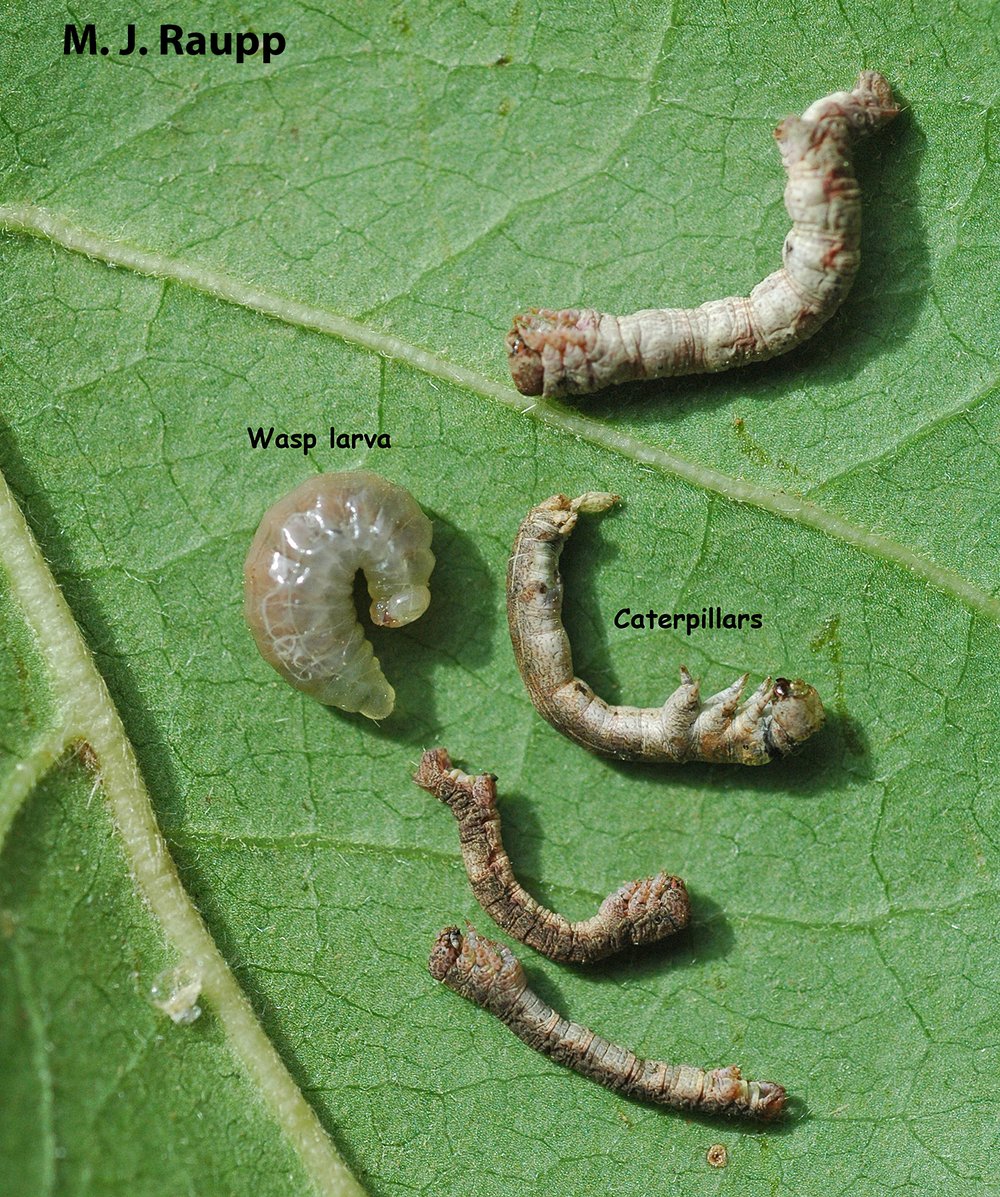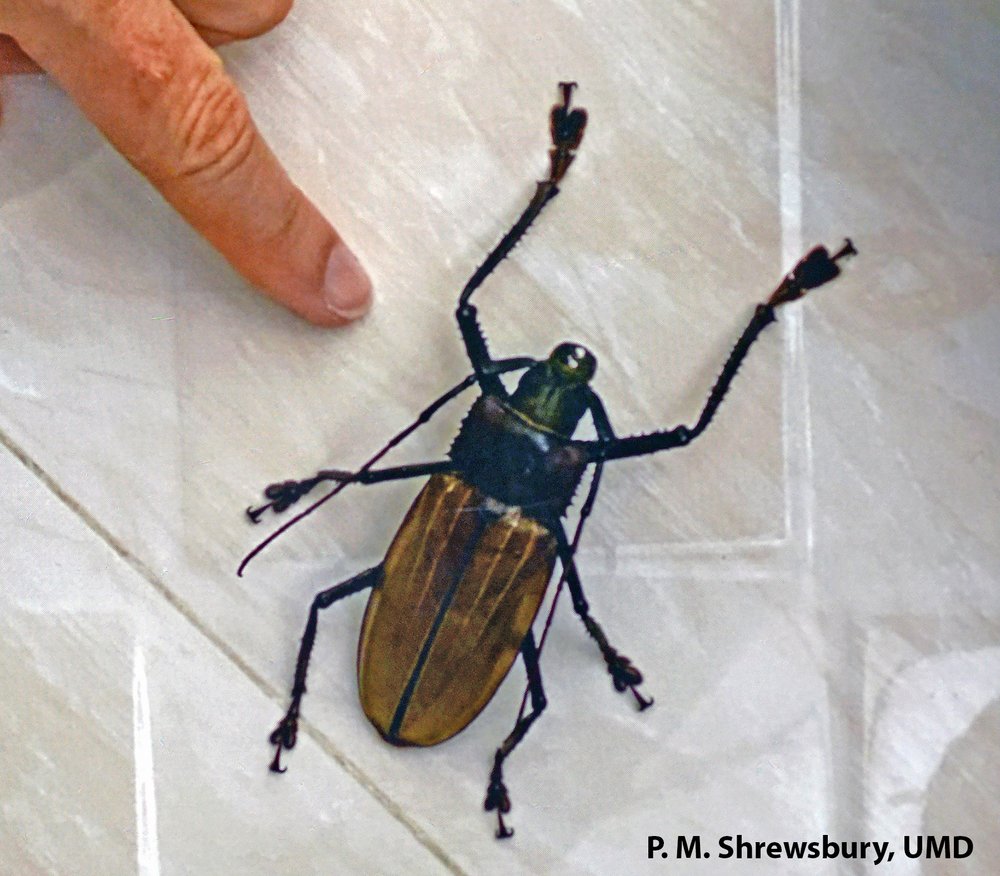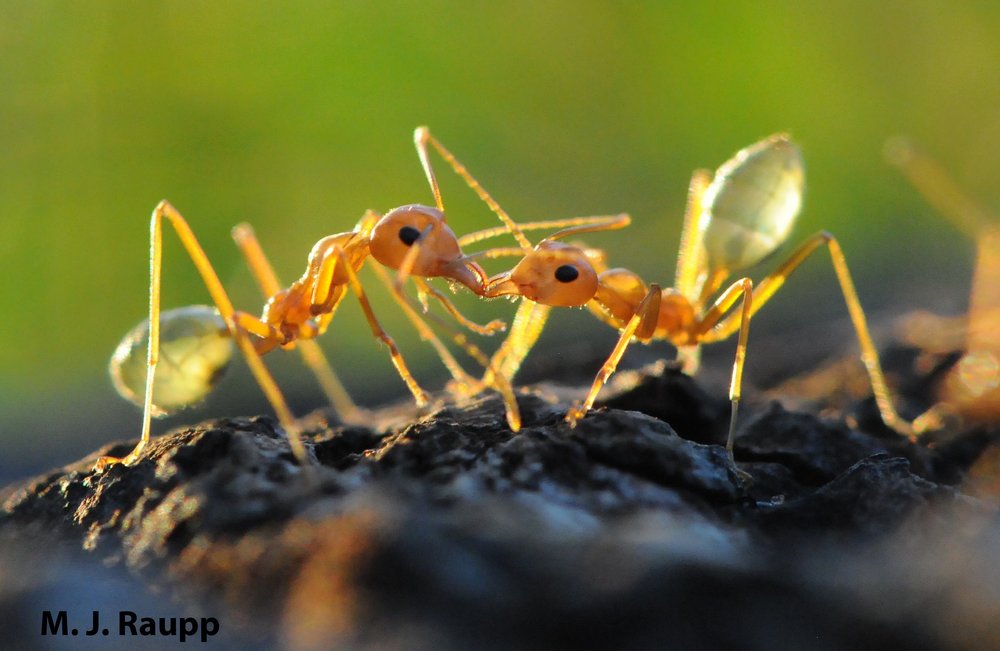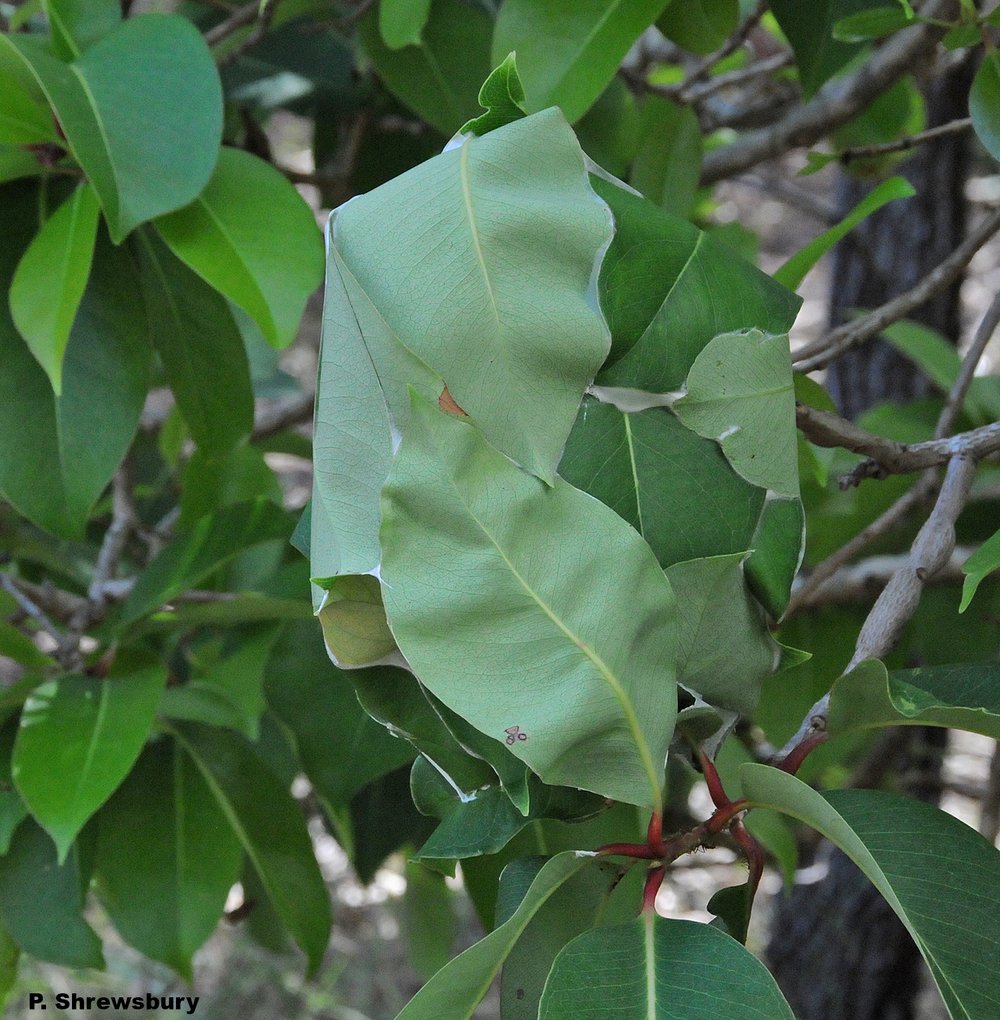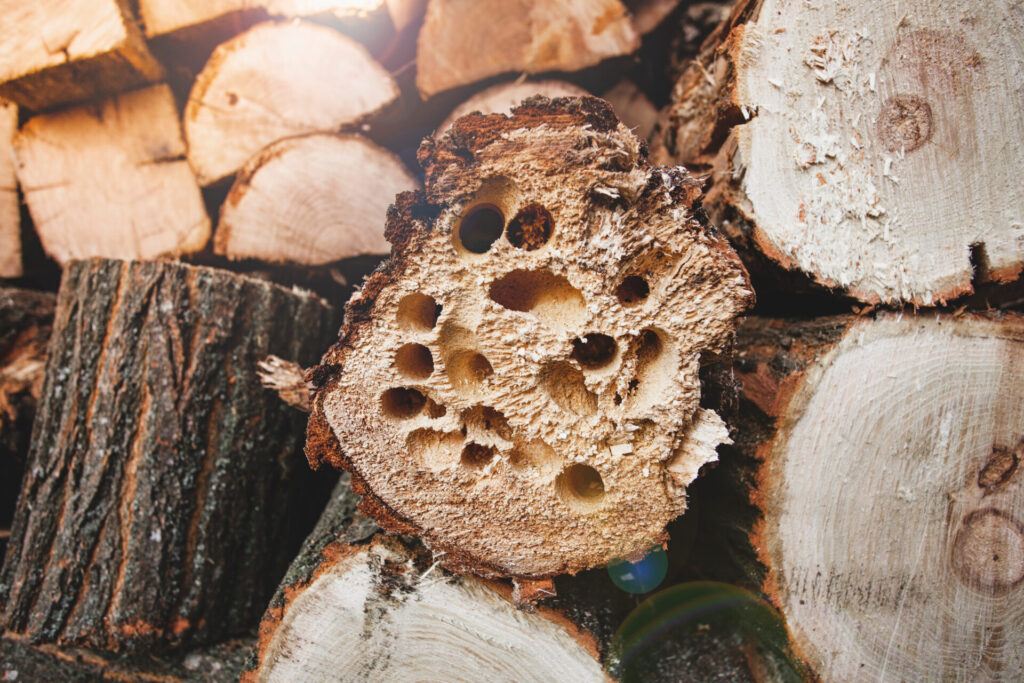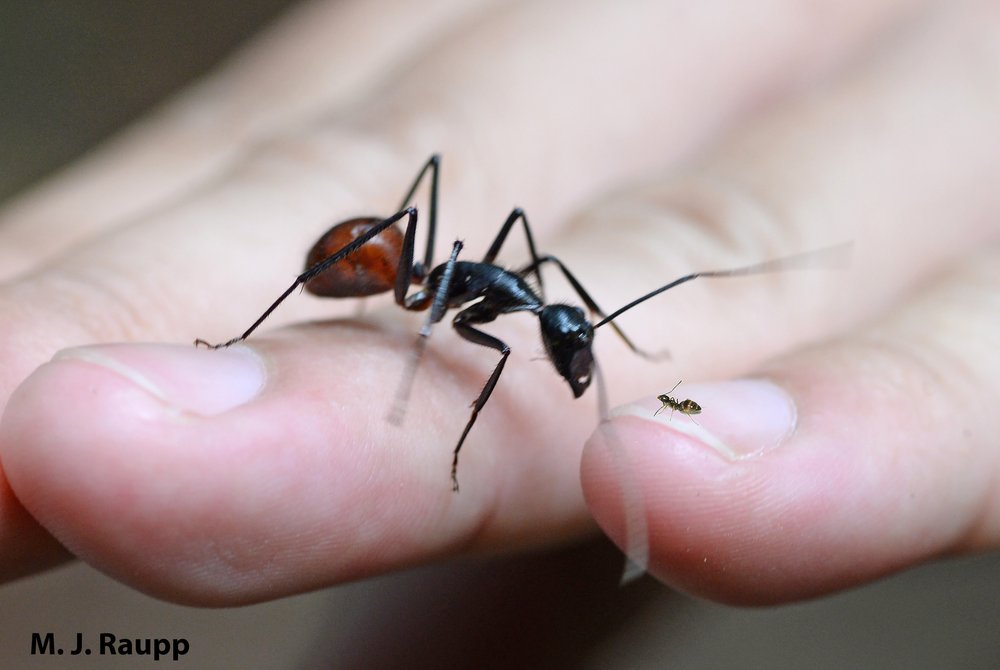The Role of Insulation in Pest Control During Winter
Insulation is more powerful than you may realize. Not only does it help keep your home warmer in winter and cooler in summer, but it can save you money on energy costs and protect your property from pests. Despite the many benefits, however, roughly 90% of homes are under-insulated, according to data from the Insulation Institute.
Insulation is often one of the areas that insects, rodents, and wildlife such as squirrels and raccoons focus on for making their nests. In addition to contaminating the materials, pests can also damage insulation and lower its effectiveness.
Let’s take a closer look at the insulation and pest control connection.
Understanding the Winter Rodent Problem
Rodents don’t hibernate, but they don’t like the cold, snowy conditions associated with winter. Once temperatures start dipping, mice and rats begin looking for warm, safe spots to shelter throughout the cold season. That’s why so many homeowners see an increase in rodent activity in winter months.
Rodents are typically attracted to areas like wall cavities, underflooring, and attics, all areas that typically contain insulation. Additionally, thermal insulation is often made of materials that are soft and flexible as well as brittle and chewable, making the insulation materials ideal for nesting.
Once rodents start chewing on or nesting in insulation, it can attract more rodents to the area. With a growing rodent population, the risk of contamination from rodent-borne diseases like hantavirus also increases. When rodents nest in insulation, it also degrades the materials and makes them less effective. In turn, your home will have more difficulty withstanding the frosty temperatures, which increases your home’s energy use.
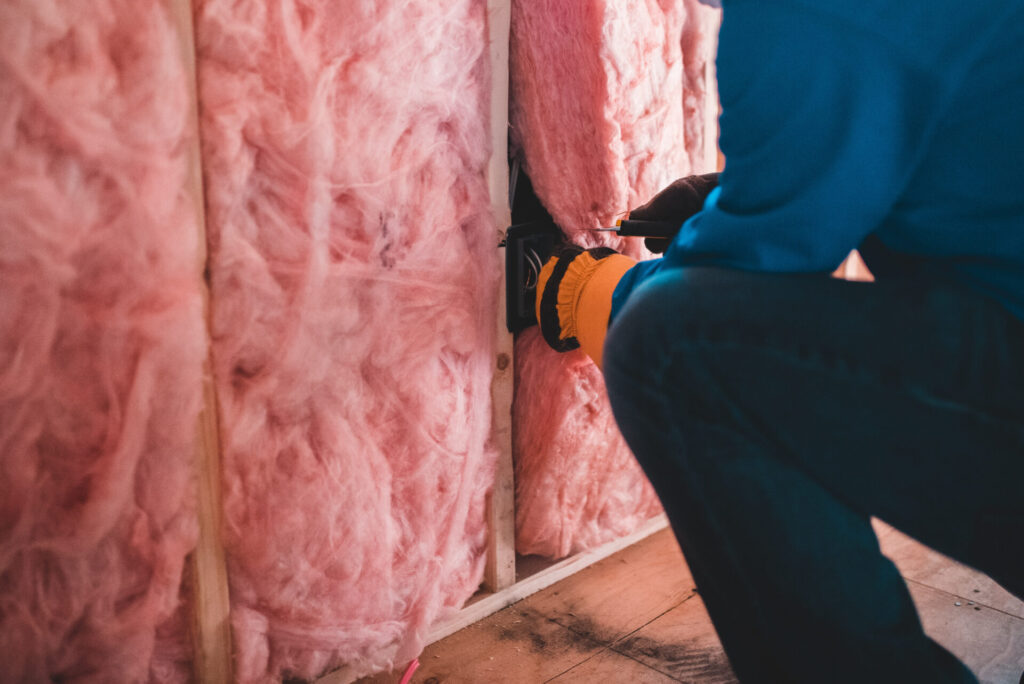
Insulation’s Role in Pest and Rodent Prevention
Consider insulation as a crucial component in maintaining a home’s integrity, rather than a pest barrier. Insulation plays a significant role in moderating a home’s internal climate, which indirectly influences pest activity. For instance, a well-insulated and ventilated attic space is key to creating conditions that are less attractive to insects. This is achieved by reducing moisture levels and regulating temperatures, factors that can help deter pest habitation.
Various insulation types contribute differently to this environment. Batt insulation, which may include reflective or paper facings, and blown-in insulation, although not pest-proof, can support these goals when part of a comprehensive approach that includes proper ventilation. This strategy helps to establish an attic environment that is less inviting to pests by addressing the underlying conditions that attract them, such as excessive moisture and unregulated temperatures. However, it’s important to recognize that replacing insulation alone does not solve pest issues, as pests like mice often nest within insulation and insects may reside beneath it, highlighting the need for a holistic pest management strategy.
Closing Entry Points
Gaps, cracks, and other tiny openings in the foundation, roof, soffits, and areas around doors, windows, and pipes may not seem like a big problem, but insects and rodents can exploit these areas to get into your home. Rats can squeeze into openings as small as a quarter, and mice can fit through gaps as small as a dime. That underscores just how important it is to close off entry points, a task that proper insulation effectively accomplishes.
Maintaining Warmth
Insulation helps keep your home warmer in winter and cooler in summer by slowing or reducing heat transfer. You will see this expressed as the insulation’s R-value, which measures the materials’ ability to resist heat flow. The higher the R-value, the better the insulation’s thermal performance. In turn, it helps even temperatures while reducing energy use to maintain the desired level of warmth.
Noise Dampening
Another benefit of insulation is its ability to muffle noises, both from the outside and from room to room. Some materials offer more noise reduction than others. For example, cellulose and spray foam offer excellent noise reduction, while rolled fiberglass is another good option.
Prevention Is Key
Keeping insulation intact and working effectively will keep your home environment more comfortable and help prevent pest activity. To accomplish that goal, proactive measures are essential.
Seal Cracks and Gaps
While insulation itself can help seal off entry points, it’s important to inspect all areas to seal additional openings. Doing so will help decrease air flow and reduce drafts, while keeping critters like rodents and insects from entering your home. Adding caulking and weatherstripping around doors and windows and sealing the areas behind outlets and switch plates as well as where wiring, ducting, and plumbing enter walls can make a significant difference.
Choose the Right Insulation
Just like pest control measures, insulation isn’t a one-size-fits-all proposition. Working with professionals is essential for choosing the right types of insulation materials that meet recommended R-values. Additionally, each area where insulation is installed can impact the types of materials you choose. Blankets, batt, and blown-in materials are excellent options for existing wall cavities, floors, and ceilings. Spray foam is another excellent option that is particularly well-suited to new wall cavities and unfinished attic floors.
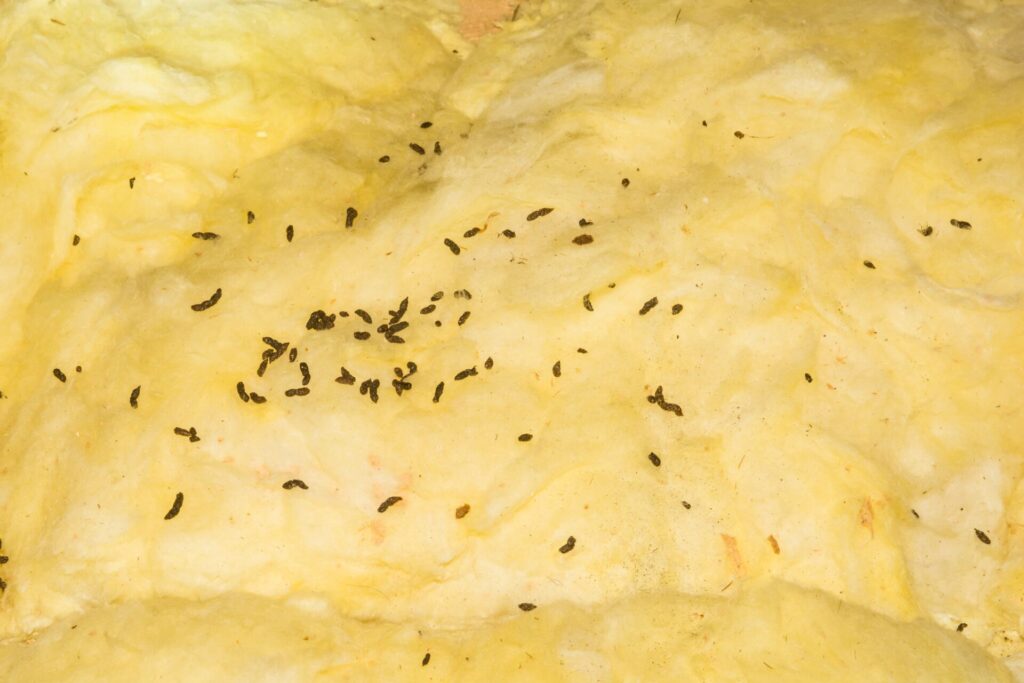
Professional Pest Control
When you see signs of pests, calling for professional help sooner rather than later can help stop the spread of the problem. At Catseye Pest Control, we focus on lasting results. Routine preventive services and monitoring like those available with Catseye’s Platinum Home Protection program can help prevent infestations, pinpoint pest invasions earlier, and provide lasting peace of mind.
Contact Catseye to Get Started
Catseye takes a tailored approach to every home, business, and commercial or industrial property. It begins with a free, detailed inspection inside and out. This allows the team to assess vulnerabilities, spot potential entryways, and identify other problems. Contact us today to schedule a free inspection or to learn more.
The post The Role of Insulation in Pest Control During Winter appeared first on Catseye Pest Control.
This article appeared first on Catseye Pest

